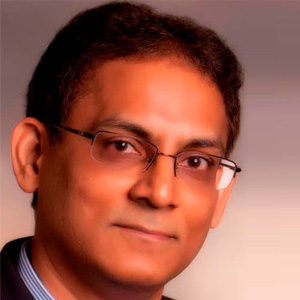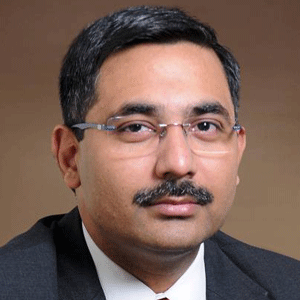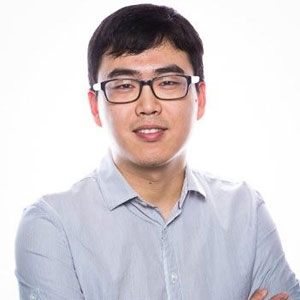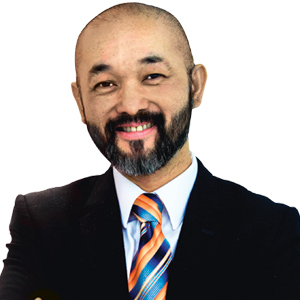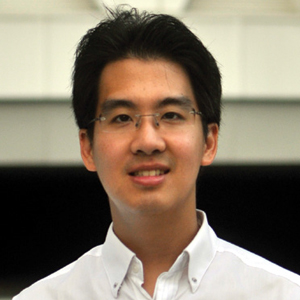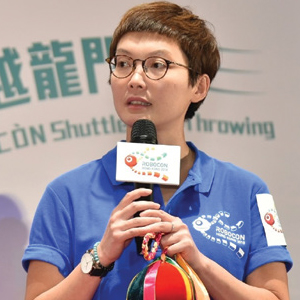THANK YOU FOR SUBSCRIBING
Editor's Pick (1 - 4 of 8)

Embracing the Digital Disruption in Healthcare
Dr Rob Grenfell, Director Health and Biosecurity at Australia’s National Science Agency, The Commonwealth Scientific and Industrial Research Organisation (CSIRO)

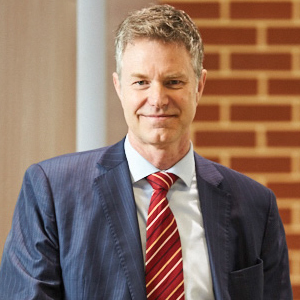
Dr Rob Grenfell, Director Health and Biosecurity at Australia’s National Science Agency, The Commonwealth Scientific and Industrial Research Organisation (CSIRO)
In 2017 there were more than 318,000 mobile health apps available globally, many of themunregulated and making health claims that have not been clinically proven. Despite this, consumers continue to use these apps and many want to see the data they generate integrate with the health system.
There is a lot of work underway looking at the regulatory system both here in Australia and globally. At the moment each new piece of health technology needs to be approved for use by each country, but the hope is that in the not too distant future, we could bring greater alignment globally allowing new health technologies to have access to greater markets.
CSIRO, through its Australian e-Health Research Centre, has had some great success working in partnership with Queensland Health to co-design mobile health technology and health apps with clinicians, patients and our e-health technology developers.
In the long term, mobile health apps and self-monitoring devices hold great potential in helping people improve their health, while supporting health professionals to guide consumers through data and interpretation.
One great example of this is M♡THer, a mobile health platform developed by CSIRO’s Australian e-Health Research Centre and trialled in partnership with a Queensland hospital. Designed to help women with gestational diabetes and their clinicians better track and monitor their health, it gives women the tools and the power to record and monitor their key health indicators in real time, such as blood glucose levels via a Bluetooth enabled blood glucose meter. It also simultaneously provides that data to the patient’s entire clinical team, giving them each a better picture of their patient’s health and allowing them to intervene earlier if health indicators start to slip beyond safe limits.
Smarter homes, smarter health
Google Home, Amazon Alexa and other smart, internet-connected home devices are transforming the way people interact with and spend time in their homes. But a connected smart home has much greater potential than asking a virtual assistant to play your music and tell you tomorrow’s temperature: it can help keep people healthy.
As people age and simple movements and day-to-day activities become more difficult, there is an increase in the risk of falls and related injuries. In Australia, trials are underway of smart homes to support our ageing population to safely stayliving in their own homes for as long as possible.
Our Smarter Safer Homes system is one such smart home system, combining a variety of wireless in-home sensors with monitoring and support to support older people in their individual homes or in supported-living communities. By sensing the physical environment, including motion, temperature, humidity, vibration and power usage throughout the house, it builds a picture of a person’s daily routine so it can detect deviations that may indicate illness or injury, and can alert a person’s family or healthcare provider.
Systems like Smarter Safer Homes will be increasingly needed as we shift towards a preventative health focus and seek ways to support ageing populations to live independently outside of care facilities for longer.
Technologies of the future
In the global transition to precision health, Australian businesses need to think big and beyond what many might think of when thinking of healthcare technology.
Imagine, for example, a person falls off their bicycle and is knocked unconscious. With the right technology, their helmet could detect the level of impact, other wearable devices would check for consciousness and trigger an automated ambulance call, sharing their live location for paramedics to reach them as quickly as possible. Australia has a solid of history of health innovation and design and there’s no limit to the innovations possible in this space. We need to take advantage of this for Australia’s future growth across the health industry and for future research capacity building. The area of health technology is just starting to boom, and there’s an opportunity for Australia to be involved at the very beginning.
As Australia’s national science agency, CSIRO is passionate about focussing on the stuff that matters most to Australia. Our recently launched Future of Health report aims to help shape future health investment and focus across the health system including research, industry and state and national health policy.
Check out: Top Healthcare Communication Solution Companies


